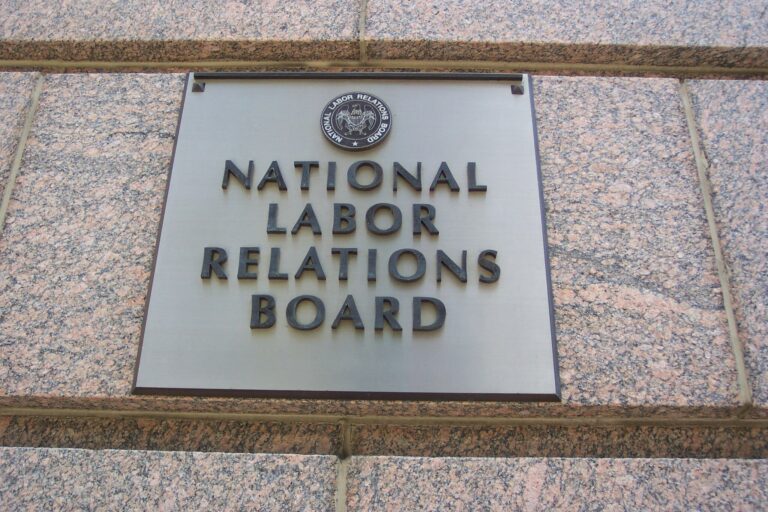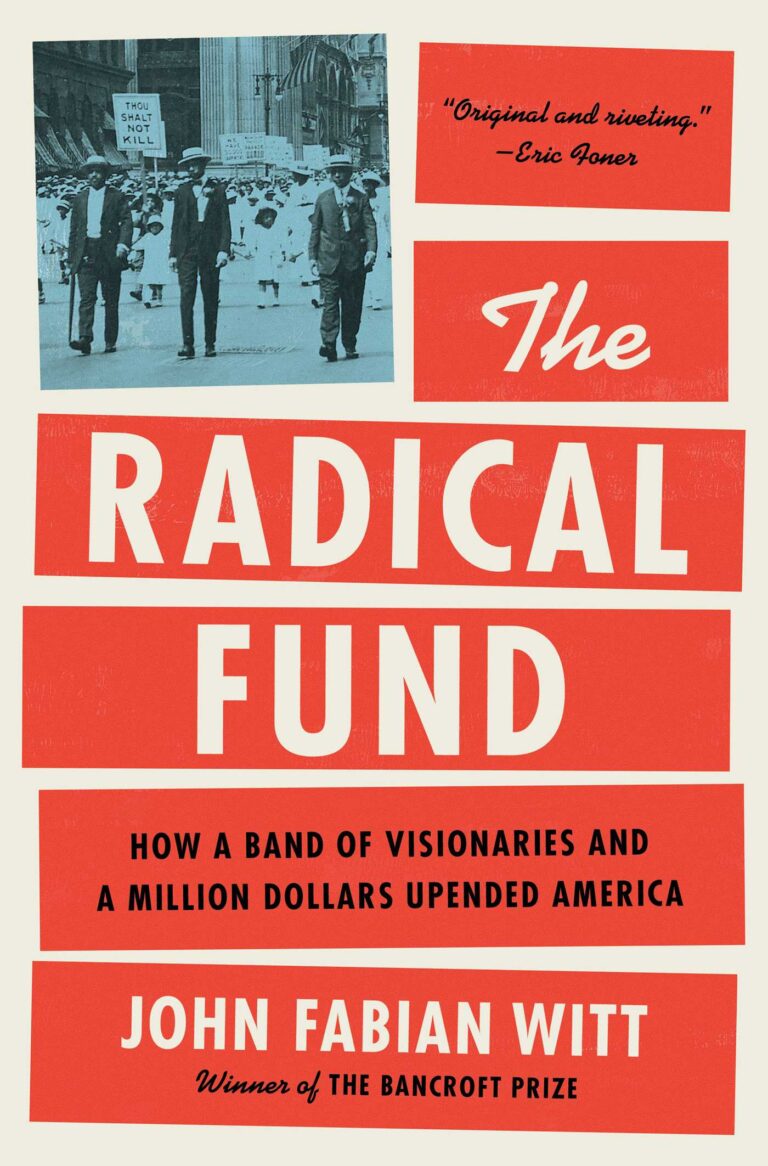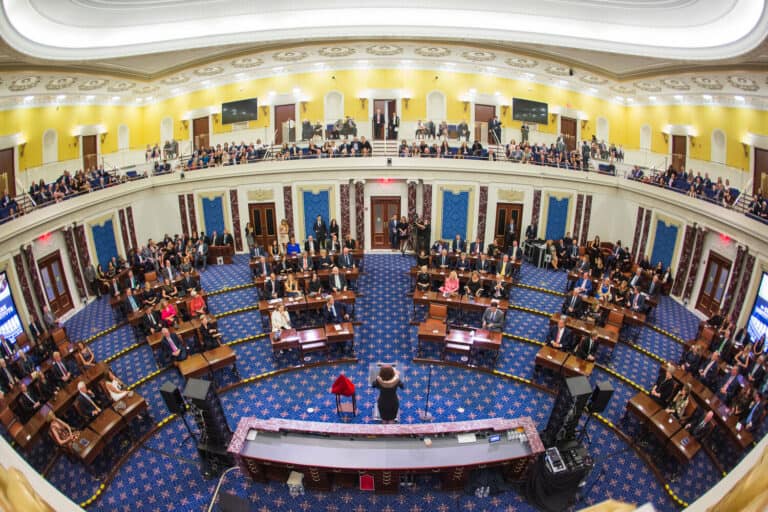
Meredith Gudesblatt is a student at Harvard Law School and a member of the Labor and Employment Lab.
In 2016 Rajdai Roopnarayan, an immigrant housekeeper in New York City, was arrested after a necklace and some rings went missing from an apartment she cleaned. Any relief Roopnarayan felt the next day upon release was eclipsed by the gravity of the charge she faced—grand larceny for stealing $20,000 in jewelry. Ultimately, the prosecutor dismissed the case (the jewelry resurfaced but the employer never said when or where she found the items) and Roopnarayan’s life was only temporarily turned upside-down.
But what if the mere accusation of theft had permanently upended her life—even if charges had never been filed in the first place or, like in Roopnarayn’s actual case, charges were ultimately dropped? For some immigrant workers, this is no longer a hypothetical. As of January 29, 2025, this is a new reality under the Laken Riley Act.
While the immigration, criminal, constitutional, financial, and gender-based violence ramifications of the Laken Riley Act (“LRA”) have been highlighted, what should concern labor and employment advocates is how the LRA will exacerbate an exploitative power dynamic between employers and immigrant workers as well as increase reliance on prison labor.
What is the Laken Riley Act?
Laken Riley was a 22-year-old nursing student who was killed in February, 2024 by an undocumented immigrant who had previously been charged with shoplifting. Both political parties invoked this tragedy as a public safety concern to justify hardline stances on immigration, and the new Congress promptly sent an eponymous bipartisan bill to President Trump’s desk. In practice, this bill is a backdoor to mass deportation and detention because it expands the types of crimes for which noncitizens must be arrested and detained without the option for release on bond.
The LRA amends section 236 of the Immigration and Nationality Act, located in 8 U.S. Code § 1226, by mandating the detention of noncitizens who meet two conditions. The first condition is that the individual be inadmissible. Inadmissibility means a noncitizen is seeking “admission” to the United States—even if already physically present—because they were not inspected and authorized by an immigration officer upon entry. The three inadmissibility criteria implicated are: entering the country without being admitted or paroled; using fraud or misrepresentation to receive an immigration benefit; or lacking valid documents upon entry. The second condition occurs if the individual “is charged with, is arrested for, is convicted of, admits having committed, or admits committing acts which constitute the essential elements of any burglary, theft, larceny, [or] shoplifting.”
Prior to this, immigration law had never mandated detention for arrests without criminal charges, or for criminal charges resulting in an acquittal. Now, however, the LRA requires no-bond detention for certain immigrants arrested for these non-violent property crimes, even if the accusation is false or charges are never filed. What is most alarming is that the LRA strips both ICE and immigration judges of their discretionary authority, respectively, to make individualized determinations as to the necessity of detention and to grant bond when an individual is neither a danger to the community nor a flight risk.
A worsening of the status quo
It is a cruel irony that an accusation of theft can now function as a potent weapon against immigrant workers when employers steal approximately $15 billion annually from workers across the country.
The status quo is already stacked against undocumented workers. Despite laboring in primarily low-wage, dangerous, and grueling industries, undocumented workers are subjected to systemic precarity. Employers routinely depend on undocumented labor without fear of consequences, as prosecutions rarely exceed 15 annually with no signs of increasing. Increasingly, employers misclassify these workers as independent contractors or outsource hiring to staffing agencies to avoid liability entirely.
Even when employees are classified correctly, they have minimal recourse. For example, in Hoffman Plastic Compounds v. NLRB(2002), the Supreme Court held that undocumented workers were not eligible for the same remedies (specifically reinstatement or backpay) for unfair labor practices as their co-workers with legal status. While this decision did not impact remedies for unpaid wages for work already performed, employers have since used this ruling to undercut protections in other areas, such as workers compensation. Ultimately, Hoffman Plastic has undermined worker protections. Worse, any action taken by undocumented workers to combat abusive employer practices entails the specter of immigration enforcement. The reality is that the LRA makes the threat of immigration enforcement even more dangerous.
Now, an exploitative employer has the ability to silence or retaliate against an undocumented worker without having to visibly use immigration status. While an accusation of theft is ostensibly unconnected to immigration status, functionally, under the LRA, this is not true. This could help insulate employers from retaliation charges, as detained individuals already have limited access to advocates and lawyers, and vindicating their rights in the workplace would likely take a back seat to fighting deportation.
Even if a worker were somehow able to report retaliation from detention, agencies do not have the resources to navigate bureaucratic barriers when following up with the worker. Moreover, ICE is notorious for transferring detainees to isolated detention centers far from their homes and communities. Mandatory detention would essentially nullify labor enforcement agencies’ ability to address immigration-based retaliation. Thus, even the threat of an accusation infuses the workplace with violence and creates tremendous leverage to intimidate workers, bust unions, subvert labor rights, and subject workers to unsafe conditions.
This is only the tip of the iceberg in terms of how the Laken Riley Act harms all workers. As one example, mandatory detention disappears workers from their communities, creating labor shortage issues that industries may look to solve with increased reliance on incarcerated workers. But even if you set aside economic arguments that cut against mass detention and deportation, the Laken Riley Act and President Trump’s approach to undocumented individuals should set the alarm bells off for labor because it attempts to erode workers’ rights and protections under the guise of an immigration issue. Regardless of immigration status, these are people doing work and are therefore workers deserving of the full protection of the law and of basic human dignity. Indeed, undocumented workers deserve nothing less.










Daily News & Commentary
Start your day with our roundup of the latest labor developments. See all
November 5
Denver Labor helps workers recover over $2.3 million in unpaid wages; the Eighth Circuit denies a request for an en ban hearing on Minnesota’s ban on captive audience meetings; and many top labor unions break from AFGE’s support for a Republican-backed government funding bill.
November 4
Second Circuit declines to revive musician’s defamation claims against former student; Trump administration adds new eligibility requirements for employers under the Public Service Loan Forgiveness program; major labor unions break with the AFGE's stance on the government shutdown.
November 3
Fifth Circuit rejects Thryv remedies, Third Circuit considers applying Ames to NJ statute, and some circuits relax McDonnell Douglas framework.
November 2
In today’s news and commentary, states tackle “stay-or-pay” contracts, a new preliminary injunction bars additional shutdown layoffs, and two federal judges order the Trump administration to fund SNAP. Earlier this year, NLRB acting general counsel William Cowen rescinded a 2024 NLRB memo targeting “stay-or-pay” contracts. Former General Counsel Jennifer Abruzzo had declared that these kinds […]
October 31
DHS ends work permit renewal grace period; Starbucks strike authorization vote; captive-audience ban case appeal
October 30
Sweden’s Tesla strike enters its third year; Seattle rideshare drivers protest Waymo’s expansion in the city.